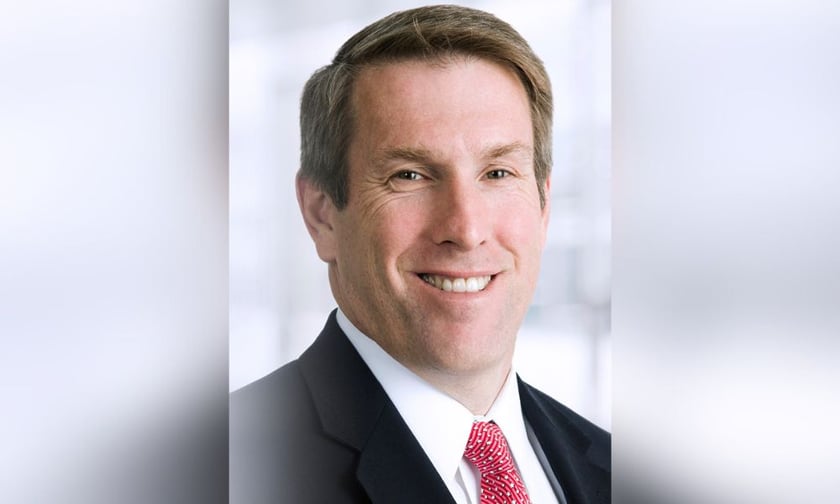

According to maps of the Ukraine-Russia war, about 20% of Ukraine is a war zone. Eric Andersen (pictured), president of global broker Aon, said one thing frustrating Ukrainian businesses is that global insurers and investors tend to see the whole country as a war zone – even though about 80% of the country remains largely peaceful.
“A real problem on the ground in Ukraine is that the local insurance market can’t get war cover,” said Andersen. The New York-based leader was recently in Australia where he spoke to Insurance Business.
“Essentially, the global market kind of walked out of Ukraine during the invasion,” he said. “So if you are trying to build a building, a house or a school, you can’t get cover for materials or anything in construction.”
However, through an agreement with the US International Development Finance Corporation (DFC), he said Aon now provides war insurance in the peaceful areas of Ukraine for construction projects, education facilities, small businesses and agriculture.
“It’s all available in the local economy and the local brokers are selling it and it’s doing exactly what it’s supposed to,” said Andersen.
Before the war, Andersen said Aon was the largest broker in the country.
“We had a chance to sit with President Zelensky during the UN General Assembly a couple of weeks ago,” said Andersen.
He said a focus for Zelenksy is keeping the financial services sector going.
“So that when peace ultimately breaks out, there’s a functioning economy because that’s what he’s worried most about,” said Andersen.
Andersen said this war insurance offering is “a brand-new way for the DFC to disburse money.”
“We said to the DFC that what we really need, rather than doing one off projects,” he said, “is if they can get comfortable supporting one of the local insurers then what you’re doing is you’re supporting the insurance company as it deploys capital into their local market for more risk.”
He said the DFC is “quite particular” about how it lends money.
“We got a little bit lucky in that Fairfax, which is the big Canadian insurer, had a subsidiary on the ground in Ukraine and so we partnered with that local insurer and put them together with the DFC,” said Andersen.
He said together they went through the DFC’s criteria, including what risks they would cover and in what parts of the country.
“Essentially the DFC committed US$50 million in a reinsurance contract behind the balance sheet of a local insurer,” said Andersen. “It was a really good partnership between the public and private entity and it is putting money to work where it’s needed.”
He said this is also “creating more knowledge” among some European countries more accustomed to making aid donations.
“What they really would rather do is help find ways to build and sustain the economy through the local capability, rather than just kind of airdrop in something,” said Andersen. “We’ve been talking to a number of them about either upsizing the program or taking part of the risk themselves, so that when peace breaks out, the DFC can get out and the private sector can jump back in.”
In the same interview with IB, the Aon president said his meetings with clients showed that many businesses around the world are “unsettled” by the major risks they now face and are looking to brokers for more help.
“Big companies and mid-sized companies in Australia, Europe, Asia and North America - they seem more unsettled than they have been in a long time,” Andersen said.
He said this generalised uncertainty is not country specific and he’s seeing it in clients worldwide.
“No matter where you go around the world, they’re all struggling with what they view as a more risky world and they’re looking for advice and they’re looking for capital and trying to figure out what to do,” he said. “I think there’s a lot out there who are unsettled and they’re looking to us [brokers] to be able to give them better insight and tools,” said the Aon leader.
From Ukraine to Gaza, how do you see the role of the insurance industry in war torn countries? Please tell us below
